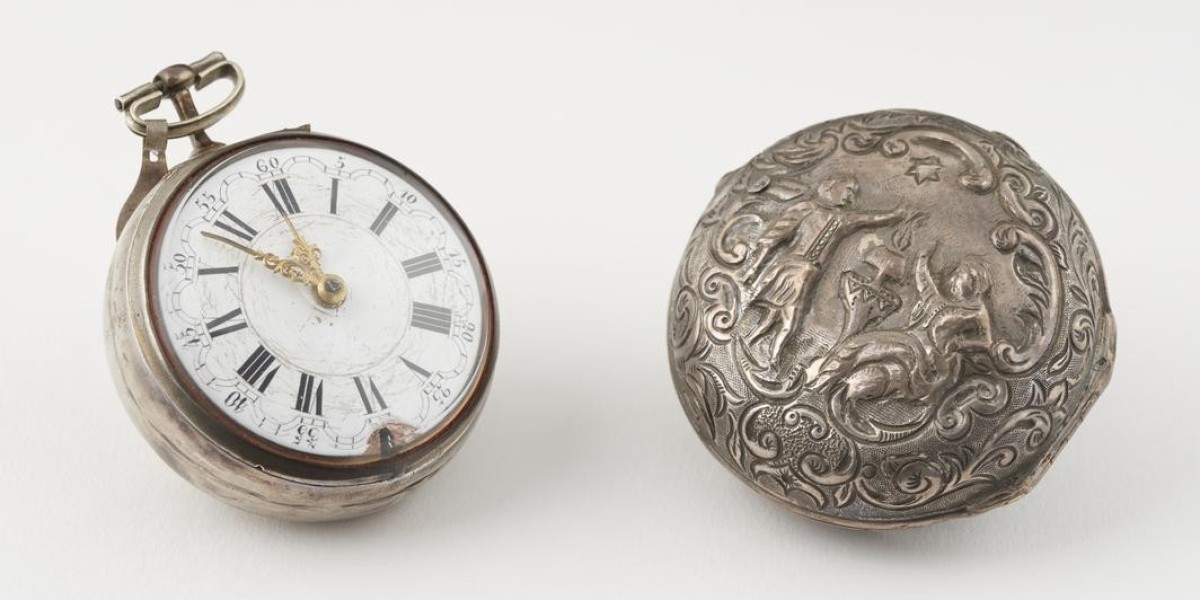In today’s world of digital clocks and smartwatches, vintage pocket watches stand as elegant reminders of a bygone era. These timepieces, often decades old, represent the perfect blend of precision engineering and artistic beauty. Whether carried in a waistcoat or displayed in a collector’s case, Vintage Pocket Watches remain cherished for their craftsmanship, historical value, and timeless appeal.
What Are Vintage Pocket Watches?
A pocket watch is typically classified as vintage if it is at least 20 to 100 years old. Watches older than 100 years are considered antique, but vintage pocket watches still carry significant historical importance and often showcase high-quality mechanical movements and classic design features. Produced primarily during the late 19th and early to mid-20th centuries, these watches were built to last — and many still tick reliably today.
A Brief History
Pocket watches gained popularity in the 16th century, evolving significantly over the centuries. By the 19th century, they had become essential accessories for men and were often symbols of status and success. The early 20th century saw the height of pocket watch popularity, with major manufacturers like Waltham, Elgin, Hamilton, Omega, and Longines producing high-quality models.
With the rise of wristwatches after World War I, pocket watches began to decline in everyday use. However, their legacy lived on, and many models produced in the 1920s–1950s are now prized vintage pieces, appreciated for their historical context and design excellence.
Distinct Styles and Features
Vintage pocket watches come in a range of designs, each with its own charm:
- Open-Face: These have no cover and are ideal for quick reading.
- Hunter Case: These include a spring-hinged cover that protects the dial, often decorated with engraving or embellishments.
- Half-Hunter: A hybrid with a windowed cover that allows the wearer to view the time without opening the case.
- Railroad Watches: Built with strict standards for accuracy and durability, these were vital for train conductors and engineers.
Most vintage pocket watches are powered by mechanical movements, either hand-wound or automatic. These intricate mechanisms, often decorated and jeweled, are as fascinating to watch as they are functional.
Why Collect Vintage Pocket Watches?
There are many reasons why vintage pocket watches continue to attract collectors and enthusiasts:
1. Exceptional Craftsmanship
These watches were often hand-assembled and feature fine detailing, from engine-turned dials to engraved cases and precision components. Many were built by master watchmakers using techniques no longer in widespread use.
2. Historical Value
Vintage pocket watches tell the story of an era — from industrial advances to wartime service. Some were used in pivotal moments or owned by notable individuals, adding layers of historical interest.
3. Unique Aesthetic
Vintage pocket watches possess a charm that modern watches often lack. The designs, materials, and engravings reflect the artistic trends of their time, making each piece a wearable work of art.
4. Investment Potential
Well-preserved vintage watches from respected brands can appreciate in value over time. Limited editions, rare movements, and pieces with known provenance are especially sought after in the collector's market.
Tips for Buyers
If you're considering purchasing a vintage pocket watch, keep these points in mind:
- Research Brands and Models: Learn about reputable manufacturers and the types of watches they produced.
- Inspect the Movement: A functioning, original movement adds greatly to the value and enjoyment of the watch.
- Check for Authenticity: Look for matching serial numbers, signed parts, and minimal replacement components.
- Buy from Trusted Sources: Established antique dealers, specialist watch shops, and verified online platforms can ensure quality and authenticity.
- Plan for Maintenance: Vintage watches require occasional servicing from skilled horologists to stay in top condition.
Final Thoughts
Vintage pocket watches are more than just instruments for telling time — they’re tokens of elegance, engineering, and history. Whether you're adding to a collection, starting a new hobby, or honoring a family heirloom, these timeless treasures offer a unique connection to the past and a lasting appreciation for quality and tradition.






